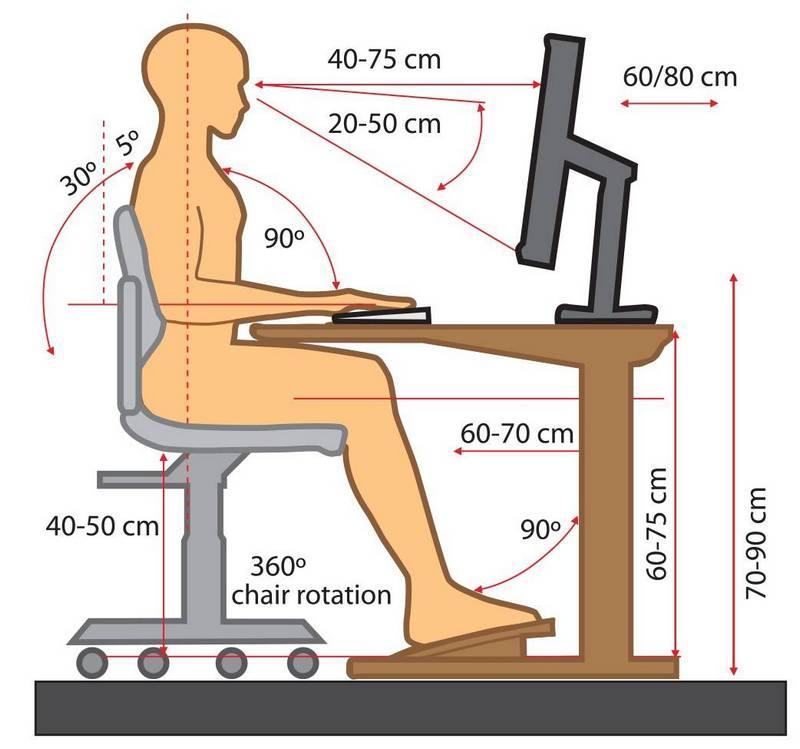Exposure to screens - part of the professional activity
Tired eyes, headaches, blurred vision, feeling of dry eyes, neck and shoulder pain are some of the symptoms of visual overload.
For employees in IT Software, Telecommunications, Procurement, Consulting, Financial/Accounting, Marketing/Graphics/E-commerce and many other industries, carrying out the activity involves at least 7 hours a day working in front of a screen. In addition to the hours spent at work, there is also the use of the smartphone for entertainment - social networks, video on the way to the office or at home during free time. The use of the Internet on mobile devices and the diversification of services has led to an increase in the time spent online for various purchases of goods, services, and searching for information.
According to the occupational status of people in the 16-74 age category , the highest share of Internet users (daily or almost daily) is registered among employees with a percentage of 58.1%.
The largest share in the daily use of the Internet, or almost daily, is held by men between the ages of 35-54 (45.4%), and between 16-34 (39.3%). In the case of women, the largest share is also in the age category: 35 - 54 years (44.8%).
Digital eye strain - symptoms and diagnosis
Eye fatigue, present in the case of many current professions, is often manifested by:
- Difficulties in focusing some objects
- Cervical pains
- Burning/stinging sensation in the eyes
- Blurry, blurred vision
- Wet or dry eyes
- Headaches and dizziness.
Computer-gazing syndrome can be diagnosed through a complete ophthalmological examination that may include:
- The patient's history - the presence of other health problems, various environmental factors or the administration of certain treatments to control other diseases in order to establish whether or not certain experienced symptoms are related to the excessive use of screens.
- Visual acuity testing to determine the degree of vision impairment
- Determination of diopters
- Refraction tests , corneal topography or other procedures recommended by the ophthalmologist for the diagnosis of refractive errors such as myopia, hypermetropia, astigmatism
- Measurement of eye pressure
- Fundus examination
- Eye motility testing.
In addition to the actual ophthalmological consultation, the doctor can recommend other tests and investigations such as: the Schirmer test to evaluate dry eye syndrome.
After the diagnosis, the doctor will recommend wearing a pair of glasses or contact lenses with computer protection, even in the absence of diopters. If the patient already uses glasses for another ophthalmological condition, there is a possibility that they do not have a filter for blue light and do not offer protection in front of the screens.
Blue light can be natural (daylight) or artificial - emitted by screens, but also by other lighting sources, household appliances, etc. Artificial blue light causes damage to the eye and vision by damaging the photoreceptor cells in the retina.
How do we prevent eye strain?
The American Optometric Association (AOA) offers some recommendations on how to prevent visual overload. According to the AOA, a correct positioning in front of the screen is an important factor in preventing, but also in reducing the discomfort caused by prolonged exposure to the light emitted by these devices.
- Most people find it more comfortable to look down at the monitor. However, the optimal position for both the spine and the eyes is the one where the computer screen is 15-20 degrees below eye level, meaning 10-13 cm measured from the center of the screen, as in the photo above.
- It is recommended to place the laptop/computer in such a way that the bright light from another source (a neon sign, a light bulb above the desk) or the sun's rays from outside are not reflected directly on the screen.
- In the situation where the configuration does not allow the placement of the desk, so as to avoid light reflection, a special filter can be used to eliminate the glare from the computer screen .
- Blinking frequently helps to prevent the sensation of dry eyes. Blinking is a reflex, spontaneous gesture, but it often happens that during work, focused on the activity in which they are involved, people "forget " to blink.
- Frequent breaks - resting the eyes for 10 minutes every hour of using the computer and focusing the gaze on objects at a distance of at least 5 meters.
Eye health is important. Some eye diseases are not under the control of patients (as happens in the case of myopia, for example), but certain vision problems can be avoided by adopting long-term protective measures and regular check-ups with the ophthalmologist.








